Tungsten Diselenide is Expected to as Thin Flexible Solar Cells
- Details
- Category: Tungsten's News
- Published on Monday, 15 February 2016 17:42
- Hits: 717
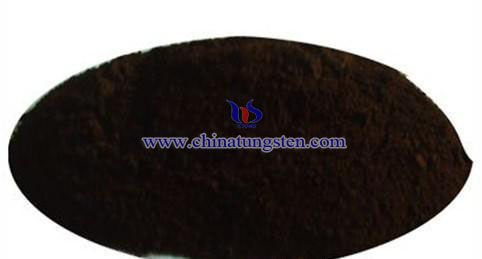
| Tungsten Supplier: Chinatungsten Online www.chinatungsten.com | Tel.: 86 592 5129696; Fax: 86 592 5129797;Email:sales@chinatungsten.com |
| Tungsten News & Prices, 3G Version: http://3g.chinatungsten.com | Molybdenum News & Molybdenum Price: http://news.molybdenum.com.cn |
Tungsten Diselenide has been Developed as New Flexible Solar Cell Materials in Austria
- Details
- Category: Tungsten's News
- Published on Monday, 15 February 2016 17:36
- Hits: 839
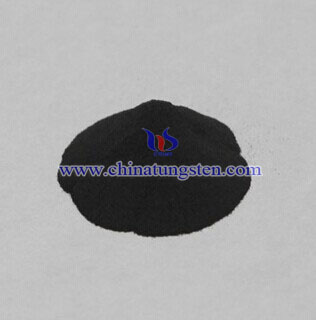
| Tungsten Supplier: Chinatungsten Online www.chinatungsten.com | Tel.: 86 592 5129696; Fax: 86 592 5129797;Email:sales@chinatungsten.com |
| Tungsten News & Prices, 3G Version: http://3g.chinatungsten.com | Molybdenum News & Molybdenum Price: http://news.molybdenum.com.cn |
Physical Properties of WTe2 under High Pressure and Strong Magnetic Field II
- Details
- Category: Tungsten's News
- Published on Friday, 05 February 2016 17:15
- Hits: 522
| Tungsten Supplier: Chinatungsten Online www.chinatungsten.com | Tel.: 86 592 5129696; Fax: 86 592 5129797;Email:sales@chinatungsten.com |
| Tungsten News & Prices, 3G Version: http://3g.chinatungsten.com | Molybdenum News & Molybdenum Price: http://news.molybdenum.com.cn |
Physical Properties of WTe2 under High Pressure and Strong Magnetic Field I
- Details
- Category: Tungsten's News
- Published on Friday, 05 February 2016 17:12
- Hits: 694

| Tungsten Supplier: Chinatungsten Online www.chinatungsten.com | Tel.: 86 592 5129696; Fax: 86 592 5129797;Email:sales@chinatungsten.com |
| Tungsten News & Prices, 3G Version: http://3g.chinatungsten.com | Molybdenum News & Molybdenum Price: http://news.molybdenum.com.cn |
Study on Unique Electronic Valleys of Tungsten Disulfide
- Details
- Category: Tungsten's News
- Published on Thursday, 04 February 2016 18:02
- Hits: 871
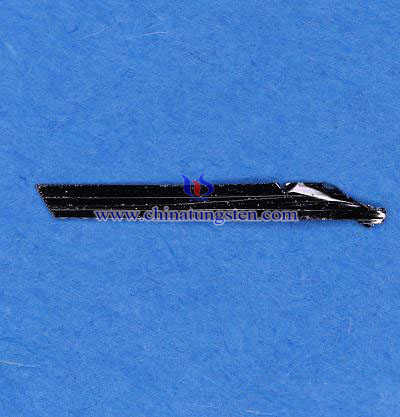
| Tungsten Supplier: Chinatungsten Online www.chinatungsten.com | Tel.: 86 592 5129696; Fax: 86 592 5129797;Email:sales@chinatungsten.com |
| Tungsten News & Prices, 3G Version: http://3g.chinatungsten.com | Molybdenum News & Molybdenum Price: http://news.molybdenum.com.cn |
Great Magnetoresistance of Tungsten Telluride
- Details
- Category: Tungsten's News
- Published on Thursday, 04 February 2016 17:48
- Hits: 735
| Tungsten Supplier: Chinatungsten Online www.chinatungsten.com | Tel.: 86 592 5129696; Fax: 86 592 5129797;Email:sales@chinatungsten.com |
| Tungsten News & Prices, 3G Version: http://3g.chinatungsten.com | Molybdenum News & Molybdenum Price: http://news.molybdenum.com.cn |
Isopropyl Alcohol's Widespread Applications
- Details
- Category: Tungsten's News
- Published on Wednesday, 03 February 2016 18:04
- Hits: 648
IPA ,also known as isopropyl alcohol, is used as a low-cost solvent in many industrial and consumer products, it is also used as the extraction agent. According to the European Solvents Industry Group (ESIG) analysis, in 2001 in Europe, the demand of intermediate accounted for 32% of IPA consumption, 14% as anti-icers, 13% for coatings and resins, 9% for medicine , 4% for food, 3% for inks and adhesives. It is also used as solvent for oil and gum, and the preparation of fish feed concentrate.
Low-grade IPA can be used as vehicle fuel. the amount of IPA used as raw materials of acetone in production declines. There are several compounds synthesized by the IPA, the main compounds is methyl isobutyl ketone and many esters. The general purity of Anhydrous IPA is 99%, the premium (used for making perfume and medicine) IPA purity is greater than 99.8%.

| Tungsten Supplier: Chinatungsten Online www.chinatungsten.com | Tel.: 86 592 5129696; Fax: 86 592 5129797;Email:sales@chinatungsten.com |
| Tungsten News & Prices, 3G Version: http://3g.chinatungsten.com | Molybdenum News & Molybdenum Price: http://news.molybdenum.com.cn |
Production Technology of Isopropyl Alcohol
- Details
- Category: Tungsten's News
- Published on Wednesday, 03 February 2016 18:01
- Hits: 985
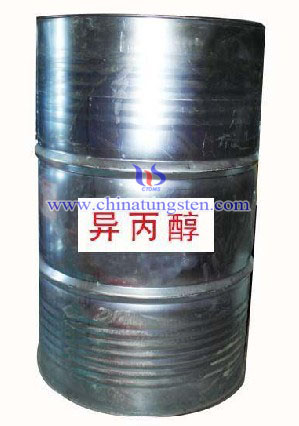
| Tungsten Supplier: Chinatungsten Online www.chinatungsten.com | Tel.: 86 592 5129696; Fax: 86 592 5129797;Email:sales@chinatungsten.com |
| Tungsten News & Prices, 3G Version: http://3g.chinatungsten.com | Molybdenum News & Molybdenum Price: http://news.molybdenum.com.cn |
Demand Capacity of Isopropyl Alcohol
- Details
- Category: Tungsten's News
- Published on Wednesday, 03 February 2016 17:59
- Hits: 773
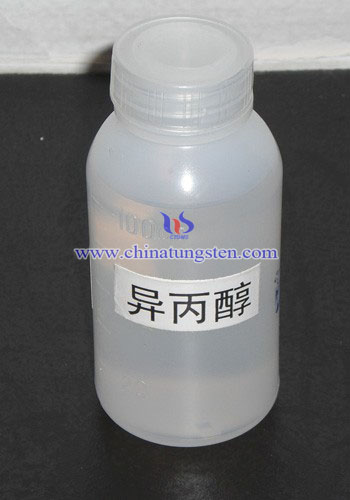
| Tungsten Supplier: Chinatungsten Online www.chinatungsten.com | Tel.: 86 592 5129696; Fax: 86 592 5129797;Email:sales@chinatungsten.com |
| Tungsten News & Prices, 3G Version: http://3g.chinatungsten.com | Molybdenum News & Molybdenum Price: http://news.molybdenum.com.cn |
High-Quality Low-Cost Single Tungsten Disulfide Realize a Large-Area Preparation II
- Details
- Category: Tungsten's News
- Published on Tuesday, 02 February 2016 17:39
- Hits: 647
| Tungsten Supplier: Chinatungsten Online www.chinatungsten.com | Tel.: 86 592 5129696; Fax: 86 592 5129797;Email:sales@chinatungsten.com |
| Tungsten News & Prices, 3G Version: http://3g.chinatungsten.com | Molybdenum News & Molybdenum Price: http://news.molybdenum.com.cn |



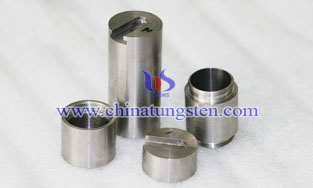


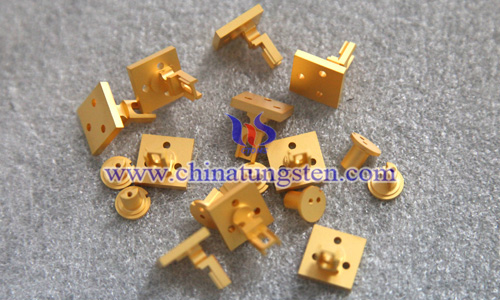

 sales@chinatungsten.com
sales@chinatungsten.com